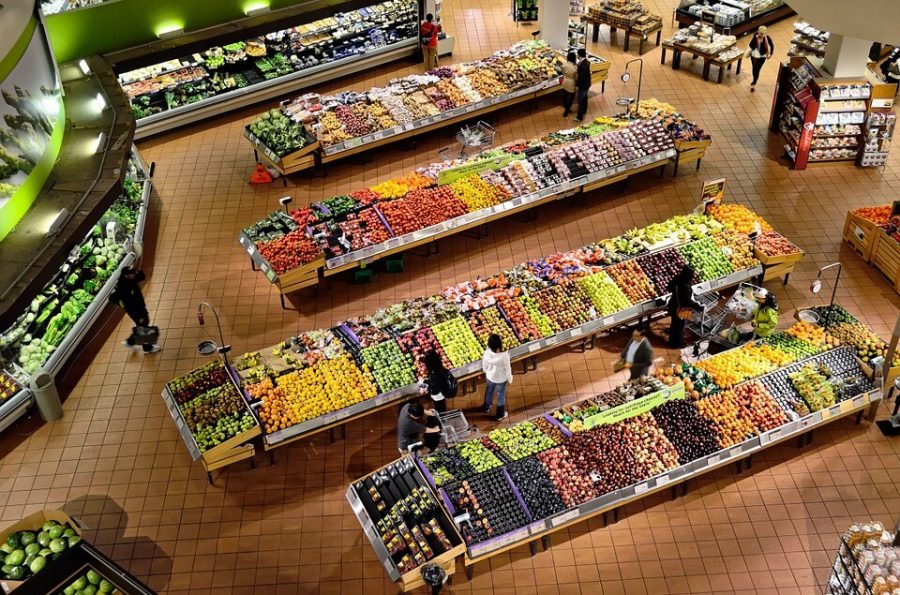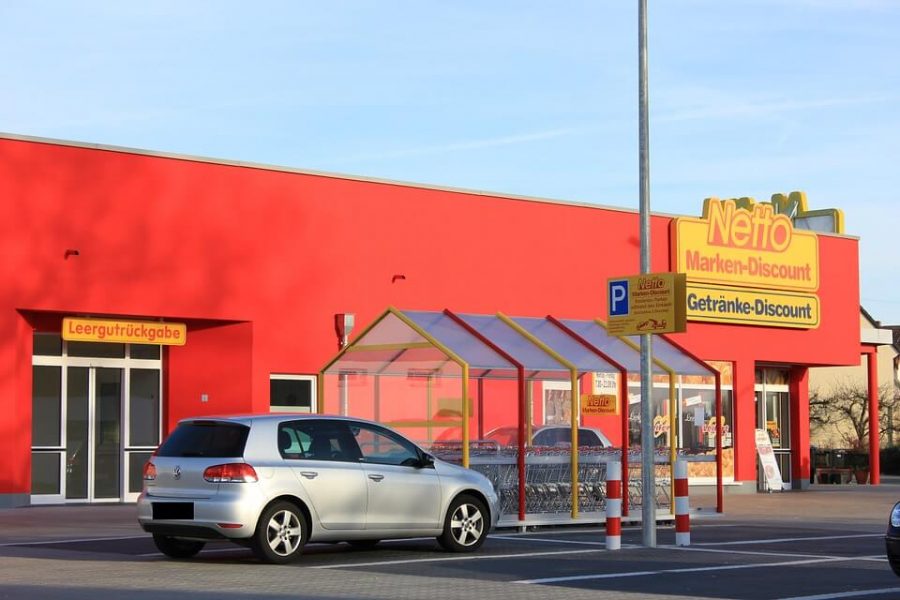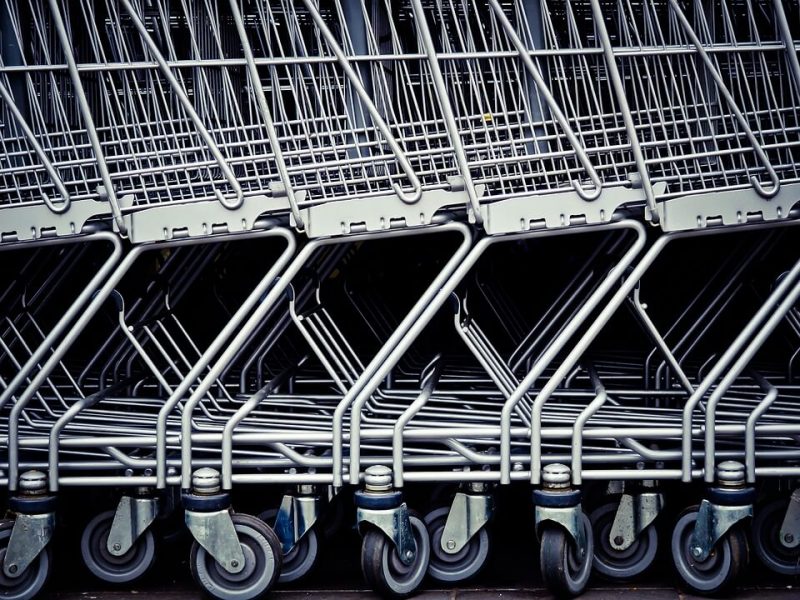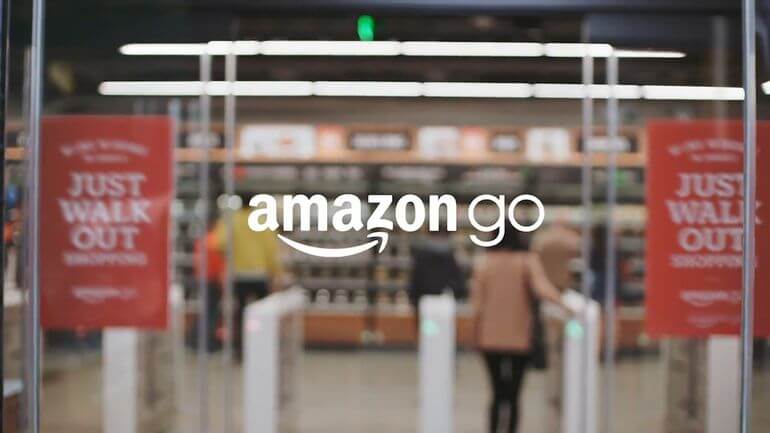Pourquoi la grande distribution n’est pas si globalisée… et pourquoi cela pourrait changer
04 janvier 2017 - Auteur : Laetitia VitaudCet article est uniquement disponible en Anglais.
The economy has never been more global. Numerous brands have achieved unprecedented global success. Digital giants supported by increasing returns have conquered the world like no corporation had in the past. Technology seems to have made the world a truly global market. That’s why globalisation is perceived either as the solution to everything or the root cause of all evil—for people who voted Brexit or Trump.

Yet many industries are less global than we tend to believe. Retail, in particular, is far less global than other consumer-centric industries. In grocery retail, most giants are local players. Every international retailer that has tried to conquer a foreign market has failed at least as often as it has succeeded. Clearly, going global is especially hard for retailers.
Now as Amazon’s retail activities are going global fast, many traditional retailers have to deal with increasingly saturated western markets and the pressing requirements of ever more demanding consumers spoilt by digital. Meanwhile the growing Chinese or Indian middle classes are becoming solvent and making emerging markets seem like places of fabulous opportunity. So many retailers want to go global.
This year, the Consumer Goods Forum (CGF), a global parity-based network that brings together the CEOs of hundreds of retailers, manufacturers and service providers, is to dedicate its Global Summit to this subject. In Berlin next June, it is to explore the theme “Global Learnings from Local Successes”.
Let’s explore ahead! Why is globalisation not yet that much of a reality in retail? If it is harder for retailers, then it probably won’t get easier tomorrow. Is retail really about to become more global?
Going global: many retailers have failed
Over the past decades, many retail giants have tried and failed to conquer foreign markets. With roughly 35 million shoppers a day in the US, Walmart’s influence is said to have transformed the world’s economy. One would think every market would yield under the economic strike force of the world’s largest retailer. However, Walmart has not found it easy to conquer the world. It may have succeeded in Canada, Mexico, and even China, but it fell short of its ambition in numerous other countries. It was no match for India’s regulatory barriers. It failed in Russia even though it had spent years trying to acquire a local chain. It didn’t manage to crack the South Korean market where it tried to sell electronics.
Walmart’s debacle in Germany—it left Germany in the mid-2000s after trying for several — has been the subject of endless debates. Perhaps Germany’s successful and popular hard discounters (Aldi, Lidl and others) made Walmart’s value proposition less unique. Perhaps Germany’s labour-friendly system made Walmart’s model less of a fit. Perhaps Germans expressed their anti-American feeling when they rejected this particular US brand. Perhaps Walmart got the German culture wrong—requiring employees to chant motivational slogans before a shift is not popular there; plus, consumers are wary of forced smiles. Anyway, it didn’t work out.

The world’s number one retailer is hardly alone. Britain’s Tesco—the world’s fifth largest retailer— failed to convince US consumers with its “Fresh & Easy” concept. This story also provided abundant food for debate: was Tesco’s timing not right or was it just the wrong concept for the country? Fresh & Easy— small neighbourhood convenience stores offering fresh food products—clashed with America’s still dominant buy-in-bulk car culture. US consumers didn’t like that they couldn’t test the freshness of the ‘Fresh & Easy’ pre-packed products. Self-checkouts are not very appealing in a country where high-level work-intensive service is common. Or maybe the concept was just a few years ahead of its time there…
Failure stories abound in the retail industry. They are horror stories studied at length by strategists. Every grocery retailer that has ventured abroad has been defeated as often as it has been victorious. The failure stories show there are obstacles that even the strongest retailers can’t overcome.
Retail is uniquely complicated
Retail is a high-fixed-cost low-margin business. Its diminishing marginal returns make the barriers to entry in foreign markets all the more painful. It is arduous to grow organically because of real-estate costs and in some cases a lack of available sites. Furthermore, many countries have passed legislation to protect local retailers from outside competition. Dealing with the different legislation and regulatory environments comes with extra costs. One of the ways to overcome that particular barrier is to acquire local players. But few retailers are selling. So sometimes there is just nothing to get one’s teeth into.
Business-to-consumer industries must develop the closest of relationships with consumers. Naturally it is more challenging to achieve that in a foreign culture. Quite a few food manufacturers (Kraft, Nestlé, Danone, etc.) have in fact succeeded in creating global consumer brands—so it is possible!—but as manufacturers, they can more easily target niche segments of a market, i.e. target all the consumers who might be interested in the brand across a country or a region. Unlike manufacturers, mass-market retailers have to fight for every consumer in the area of each of their stores.

The ‘cultural’ challenges of a retailer are superior to those of a manufacturer because retailers must not only seduce consumers but also recruit employees and be part of the social fabric of the region(s) they set about to conquer. Managing human resources locally is a challenge that many US companies (for example) find particularly strenuous in European countries. Lastly, understanding local consumer habits has proved more difficult for food retailers than for non-food retailers. So far the latter have had more success at expanding globally. Indeed, what’s more cultural than food? There is no global universal answer to the most cultural of all questions: What are we having for dinner?

Last but not least, it is exceedingly hard to master different complex supply chains and develop relationships with local vendors. In food you are always (at least partly) dependent on local vendors. Unfortunately if you are not a dominant player, this dependency will be more painful. New entrants rarely have a better deal than local giants! So sometimes they end up selling what they can buy rather than buying what they can sell. The same is true for real estate: new entrants rarely get the best location, or they must pay a premium. Traditional food retail faces such challenges on more levels than any other industry, as explained in this interesting Deloitte Research Global Retail Study.

Global, glocal or local? Retail’s globalisation dilemma
The typical globalisation dilemma each corporation faces—adapting to the local specificities of a given market and/or leveraging its own personal assets—is one that is particularly tricky for retailers (see reasons listed above). But when you look at the success stories in retail, you can see that each strategy on the global-glocal-local continuum has failed and succeeded many times. Organic growth, acquisition, franchising, etc.: there is more than one way of going global. (Ansoff’s product market matrix (1988), which categorises growth strategies, is very relevant here. It consists of four different strategies: market penetration, product development, market development and diversification: see link here)
For example, Carrefour successfully leveraged its unique assets when it exported its model and brand to Poland. The first hypermarket it opened in Poland (Lodz, 1997) looked a lot like a French hypermarket. Today, it has more than 700 stores in Poland: hyper- and supermarkets, as well as an increasing number of urban convenience stores, like in France! But Carrefour failed in Germany and the US.
Carrefour was also successful with a “local” strategy when it acquired the Atacadao chain in Brazil. Brazil is now an essential driver of sales growth for the Carrefour Group. But with the same strategy it has just failed in Greece earlier this year. Marinopoulos, a 50-50 joint venture with Carrefour and one of Greece’s largest supermarket chains, filed for bankruptcy. (Granted, life’s tough for everyone in Greece these days).
So there is no one-size-fits-all playbook for retailers. Different strategies have been successful. As is often the case with strategy, what matters most is the consistency and flawlessness of its execution. Finding the right synergies between the strengths you have on your domestic market and the particularities of the new market you set about to conquer takes time and effort. For a company that is popular at home, arrogance is the number one danger.
When it comes to going global, successful retailers, whatever strategy they choose, must spend vast resources learning about local markets. Many European retailers—among them German hard-discount giants like Aldi and Lidl— have accumulated vast experience adjusting to different local cultures and languages. Their home market may be quite large—Germany’s and France’s domestic markets are still among the world’s largest for retailers—but it is rarely sufficient, unlike the US domestic market. (Some retail giants make do with the US domestic market alone, like Target). So for Europeans, it’s often in their DNA to seek to adjust to cultural and linguistic differences. Indeed among the most global retailers, an overwhelming number come from Europe: Carrefour, Aldi, Schwarz (which owns Lidl), Metro, Kroger, Tesco, etc.
For global success you need to be in it for the long run
There are several reasons for wanting to go global: a quest for further economies of scale—which is rarely successful: see the reasons listed above—, a need to diversify risks, particularly when the home market is highly saturated or volatile, a desire to create new opportunities for future growth. It all boils down to growth. As retail is a low-margin business, companies have to find new growth drivers all the time.

But retailers don’t always have to go global. Indeed, studies show that the degree of internationalisation doesn’t significantly affect a retailer’s profit margin. What primarily drives a retailer’s sales growth rate is still the GDP growth rate of its domestic market. Therefore some retailers choose to make do with a domestic market where they have a strong position. In the US, Target once attempted to set foot in neighbouring Canada, but has otherwise largely been satisfied with the US market alone. The retailers that are successful in their global strategy are generally also successful at home. They rely on a strong home base to support their risk-taking ventures overseas.
Most of all, the retailers that have found success abroad have tried big and been persistent in their attempts. Only by operating a large network of stores in a country can you hope to yield economies of purchase and efficient mastery of your local supply chain. Building such a network usually takes time and involves massive investments that do not immediately pay off. It took Walmart 15 years of investment to finally break even in China (after 2010). So starting very small in numerous countries—with just one store in one city, for example—just to test the waters is generally not a good idea.

Foreign ventures are costly long-term operations. To succeed, retailers will often rely on their home market. Going abroad to compensate for losses at home rarely works because the home market is the keystone for globalisation. The more solid the position on the domestic market, the higher the chances on foreign markets. Carrefour’s current problems all arise from its increasingly fragile position in France (it recently lost market shares).
In short, a retailer needs deep pockets to succeed abroad. It must be prepared to fail first, learn from its failure, and then try again. Try, fail and try again.
How Amazon is changing the game
E-retail is not fundamentally easy. Far from it. Many ecommerce companies are strong only in their domestic market. Many of ecommerce’s difficulties are in fact the same: supply chain, local culture, logistics, diminishing returns… So why is Amazon successfully global when so many traditional retailers are not?
There are (at least) four reasons for Amazon’s large global retail imprint:
1. As a tech company that knows how to iterate and improve a product to fit an ever evolving market, Amazon’s try-fail-and-try-again culture is strong. It never takes success for granted and knows it must spend to grow. Growth comes first. Growth comes before profitability. Shareholders come last. So Amazon is ready to spend a lot and be patient in the conquest of new markets. (See here our article about Amazon in Asia, where Amazon has invested vast resources). The grow-or-die culture is helpful when it comes to being successful abroad.
2. There are two sides to Amazon’s business: digital activities (cloud computing, vendors platform, digital retail’s participatory infrastructure…) with increasing returns, on the one hand; and retail activities with diminishing returns, on the other. As explained in this article titled “11 Notes on Amazon”, Amazon relies on its “southern side” (the one with increasing returns) to support its “northern side” (the one with diminishing returns). Few companies have that two-side model to support their global expansion.
« While returns are clearly diminishing on the Northern Side, the opposite trend is at work on the Southern Side. For Amazon, every new warehouse costs more than the previous one, especially because it has to be located closer to the city so as to shorten delivery time (= diminishing returns). But the new customers that this warehouse will enable Amazon to serve will drive more than revenue: as they join the experience made possible by the architecture of participation on the Southern Side, they create value for Amazon through many channels: revenue, higher volumes, network effects, machine learning, and content-driven virality”
3. Amazon does not compete on price. Its number one value proposition is an exceptional customer experience, not lower prices. So it largely escapes retail’s low-price downward spiral. Its users are hooked on the experience, they don’t have to be that manipulated by rebates and lower prices. Or even look at the competition.
4. Ecommerce is in fact just a little different from traditional retail: it shares its logistics and warehouses concerns, but without the legacy of costly and demanding physical stores. Some traditional retailers are heavily burdened with too many stores. They are less flexible. Their operations are more costly. Amazon is now also developing physical stores as the lines are increasingly blurred between physical and virtual retail, but Amazon is doing it with an entirely different set of rules. Amazon Go which has recently been introduced (experimentally) in the US does not work like a traditional retail store. Customers can walk out without queuing or paying at a checkout (sensors record the items and charge them to an Amazon Prime account). So Amazon Go stores can cater to twice as many customers with a seamless experience (no checkout) they will get addicted to.

Amazon is changing the rules of the game because it is hooking many consumers on the kind of seamless experience that most traditional retailers can not (yet) offer. It is setting new global standards that will have an impact on traditional retailers’ prospects (local and global). Retail doesn’t cross borders easily. But the endless expansion of the digital giants is changing everyone’s understanding of what it means to go global and to be successful.


